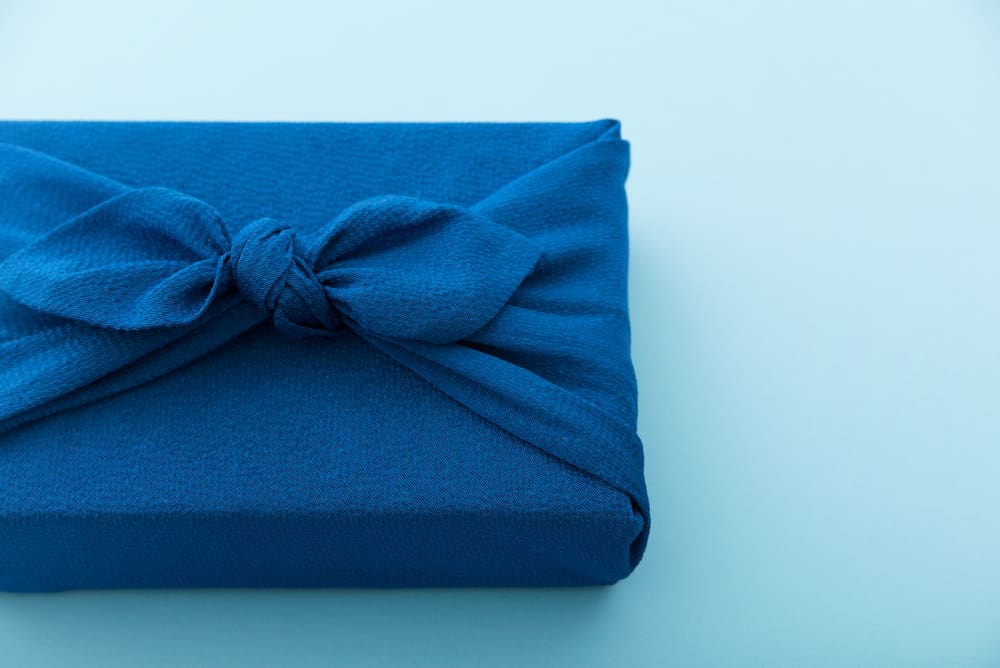One of the highlights of travel is finding the perfect gift or unique souvenir. But rather than simply tossing it into your suitcase, consider treating its wrapping as more than an afterthought. The Japanese tradition of Furoshiki, a cloth used to beautifully envelope items, is a culturally significant, centuries-old practice once again holding court for both its aesthetic appeal and eco-friendly approach. Exploring this exquisite tradition during your travels — and taking the approach home with you — may change the way you wrap gifts forever.
Visitors to Kyoto can sign up for a Furoshiki wrapping workshop, but there are opportunities to perfect the skill throughout Japan—check the Japan Furoshiki Association for Furoshiki events in Tokyo and beyond. Dating back more than 1,200 years, Furoshiki derives its name from the cloth used to carry clothes (namely, by samurai visiting Japan’s public baths). Since then, it has evolved to an expressive and imaginative way to wrap things of all shapes and sizes, from books to bottles.
Not only does Furoshiki elevate a gift’s presentation, its reusable aspect makes it an eco-friendly alternative to disposable wrapping paper and gift bags. No scissors and tape are required, and the meditative process of carefully folding and tying a pretty cloth’s corners, origami style, sparks joy in both the gift giver and recipient—to put a Marie Kondo spin on it. Afterwards, the textile can take on new life as a scarf, wall hanging or table décor.
A thick and sturdy square-shaped cotton textile works best; patterns can be simple or anything but, handmade or budget friendly, and techniques range from “anyone can do it” to “may require some practice.”
Many Japanese boutiques and department stores, including Ginza Mitsuokoshi, carry Furoshiki; some may even wrap higher-end items in the square cloth upon request. But Furoshiki has caught on worldwide; check out a number of YouTube tutorials offering instruction on how to gift wrap with textiles, or better yet, get an in-person lesson.
Retailers from online shops to local fabric stores are a good source for Furoshiki, but visitors to Japan can explore the trend up close at the following shops.
Those dabbling in Furoshiki will find a selection of simple, affordable options perfect for first timers.
Nakagyo-Ku, Rokkaku Dori FuyachoHigashi Iru Yaoya-cho 117, Kyoto
This shop calls itself “the base of enlightenment activities of Furoshiki,” offering textiles as well as how-to workshops.
Morimoto Building 7-2, Tomizawacho, Nihonbashi, Chuo-ku, Tokyo
More than 200 varieties of wrapping cloth range from classic to modern Japanese patterns at this specialty store
2-2-2, Asakusa,Taito-ku,Tokyo
A colorful offering of about 500 different Furoshiki using various dying and weaving techniques help preserve the Japanese tradition at the Kyoto and Tokyo locations.
2-31-8, Jingumae, Shibuya-ku, Tokyo
67 Masuyacho, Nagagyo-ku Kyoto-shi, Kyoto
An unusual, curated collection of accessories, tableware and textiles from small artisans and craftspeople include an artful selection of Furoshiki
3-3-23 Azabudai Minato-ku, Tokyo

